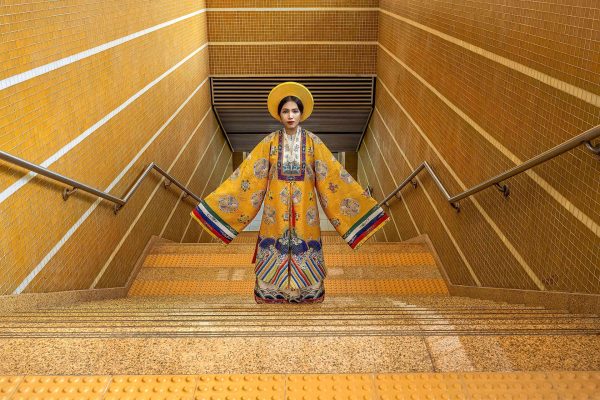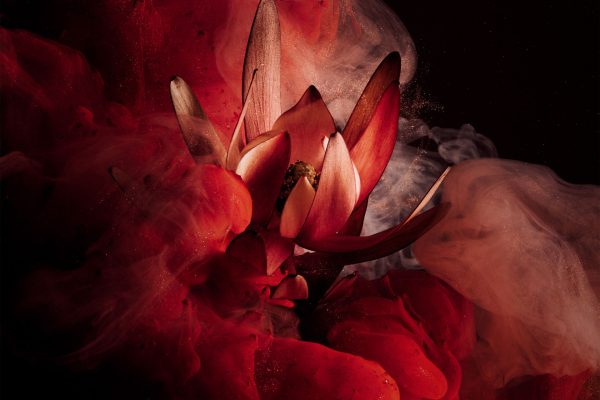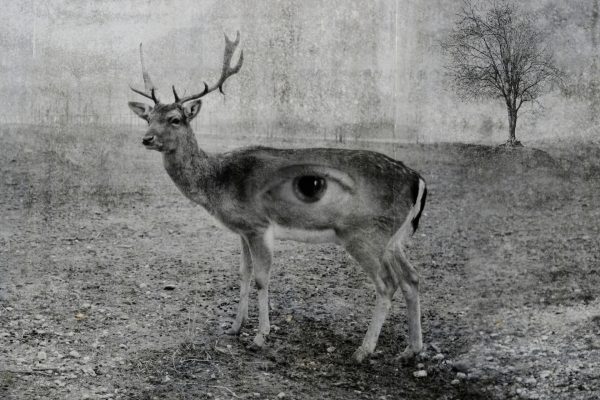It wasn’t until she found herself drawn to photography during a high school assignment that Tash Hopkins even considered it as a prospective career. Following stints assisting under Elaine Constantine and Derek Henderson, Tash has gone on to create a flourishing portfolio of personal work spanning studies of youth communities in Holland’s Friesland, New Zealand’s Western Springs, and a host of people and places in between. With enthralling tact, the last few years have seen Tash’s style take on that of a documentary photographer thrillingly committed to divulging truth — a commitment which is given new life in her latest body of work.
Shot over the last four years, The Western Springs Project lyrically captures youthful intimacy and coming-of-age within a unique corner of Auckland’s suburban youth. What began as an interest in documenting teen identity later came to be a study which questions the media stereotypes imposed upon teens, and the challenges they face today. Tash sat down with us to chat about the themes and stereotypes she set out to unpick with the series.
Can you tell us what is the series about in your own words?
The series looks at teenagers as unique and varied individuals as opposed to group stereotypes. They’re so often judged or labelled collectively by society and the media and I wanted to counter that by making images that show depth and emotion and to give some insight into the interior lives of these young people. When I started the series I was really struck by how aware and mature these kids are — I think they’re more informed than I was at their age.






















